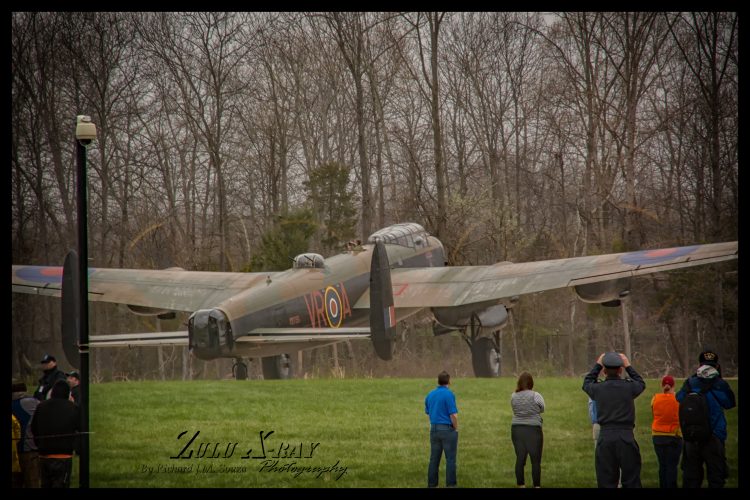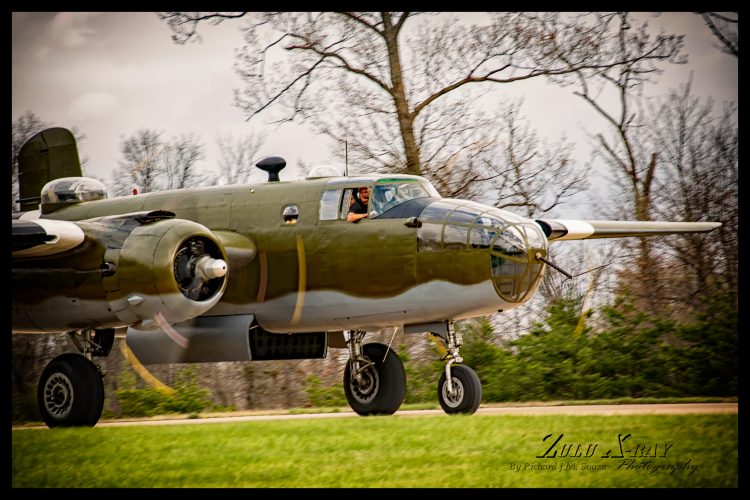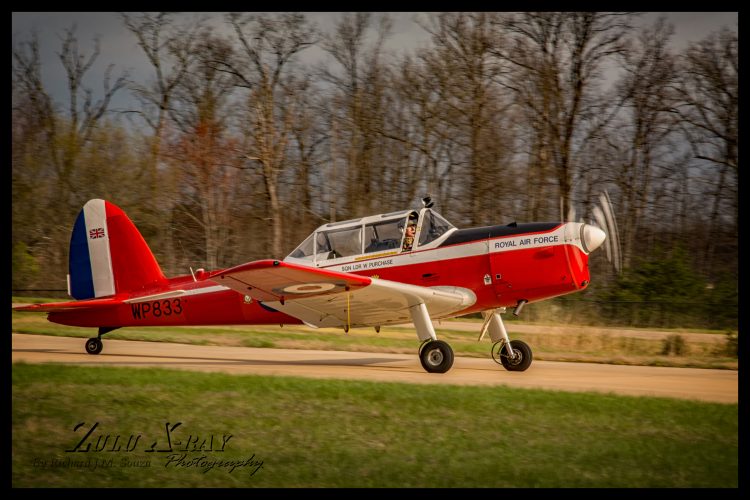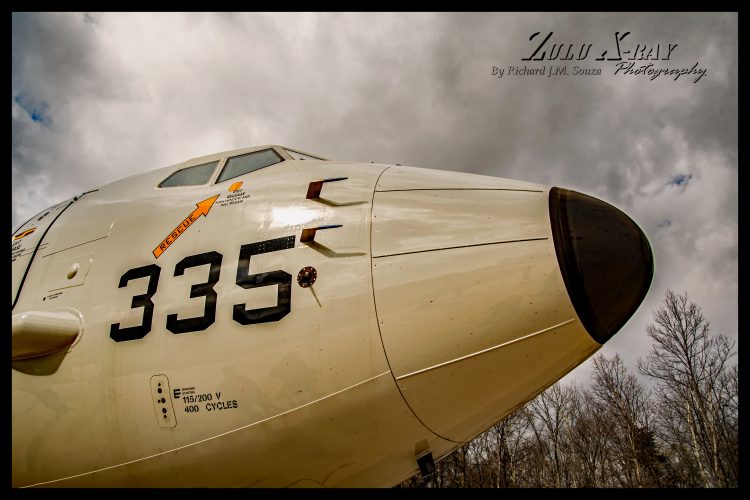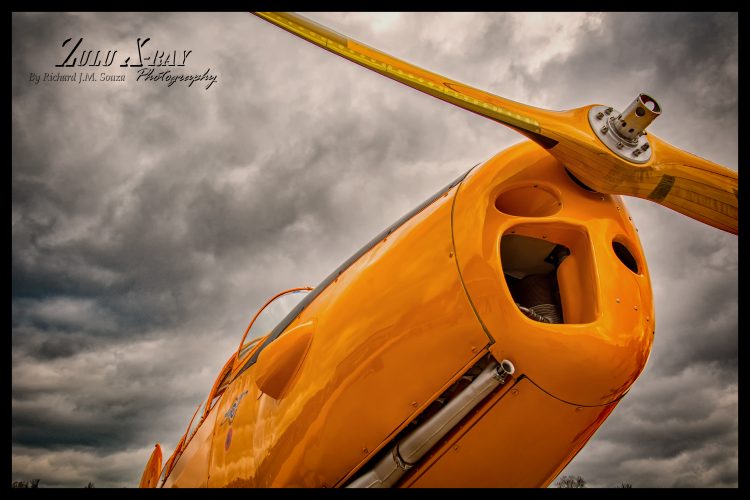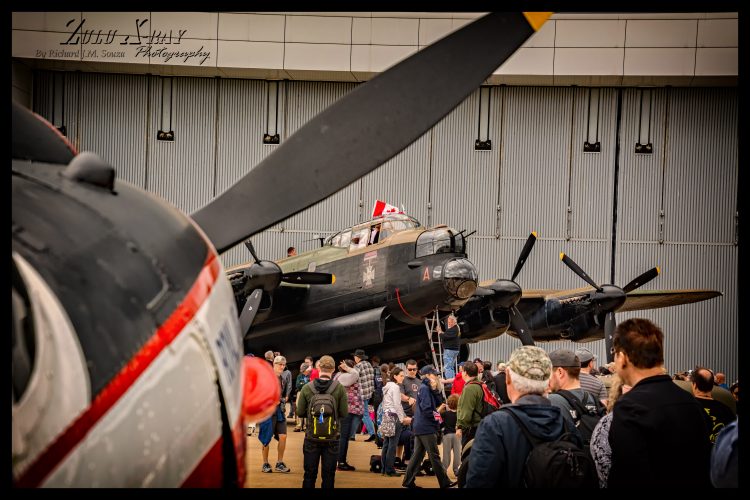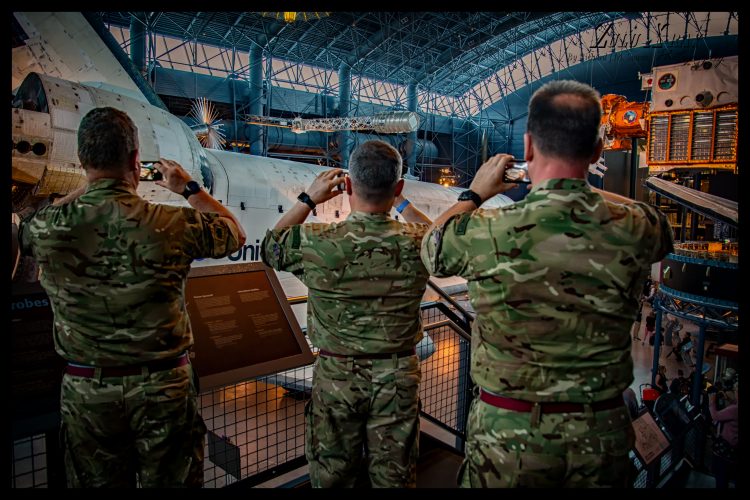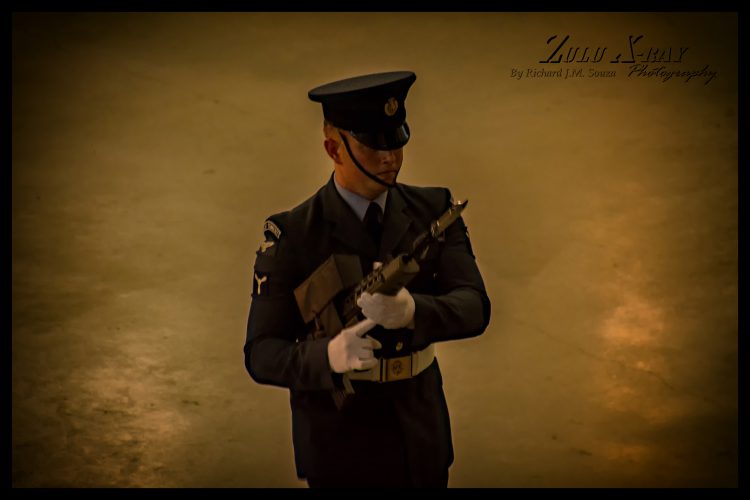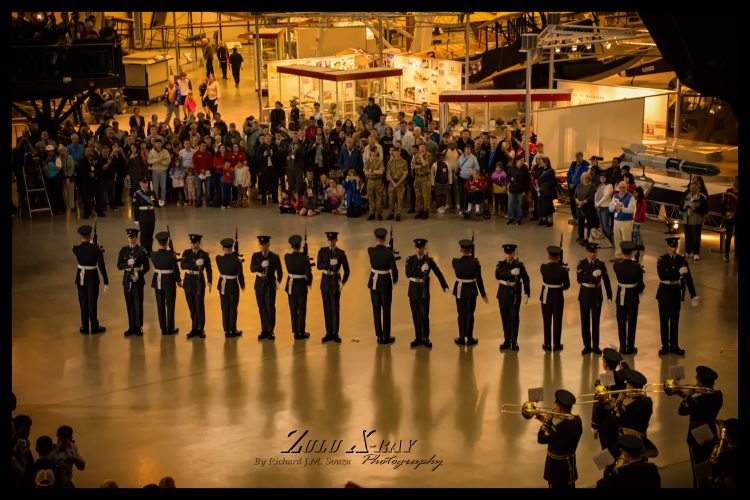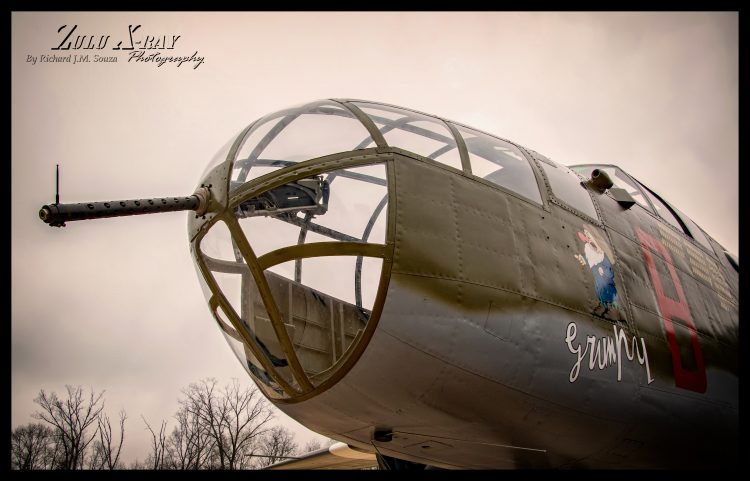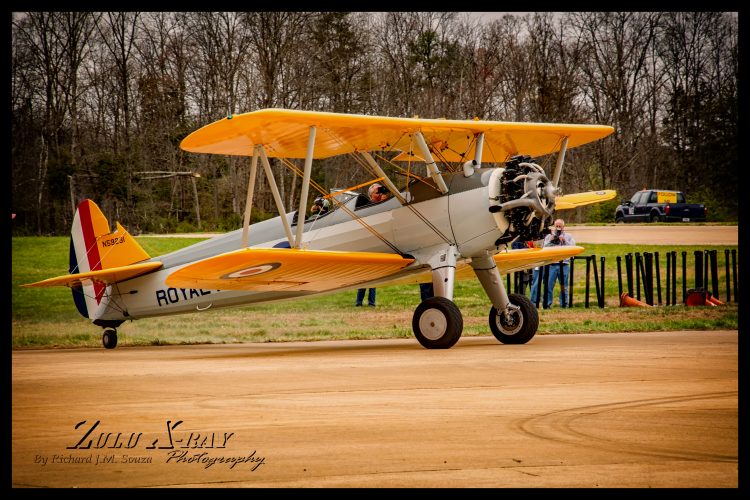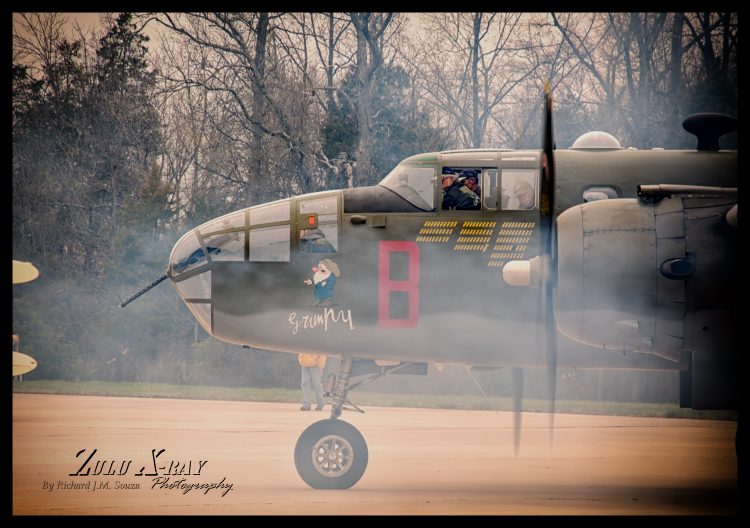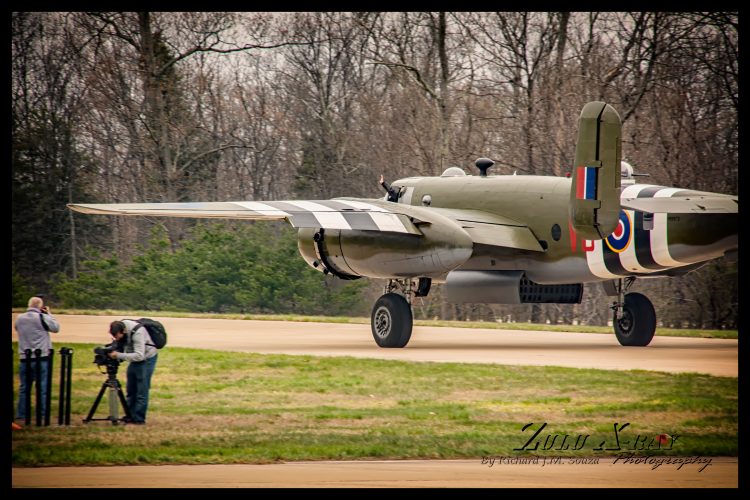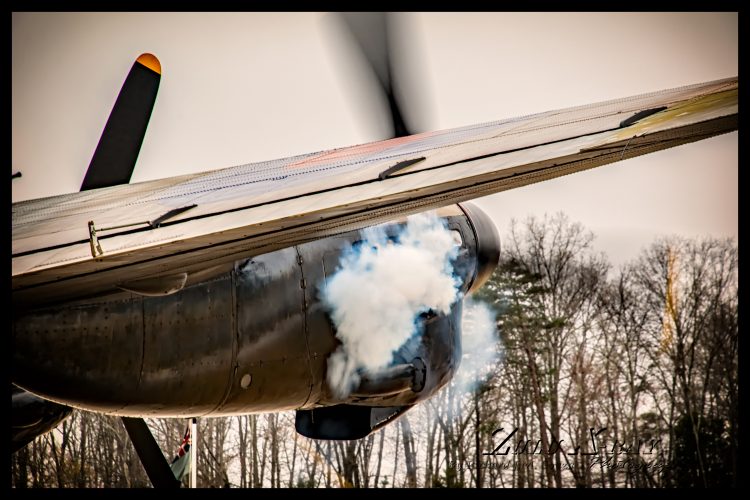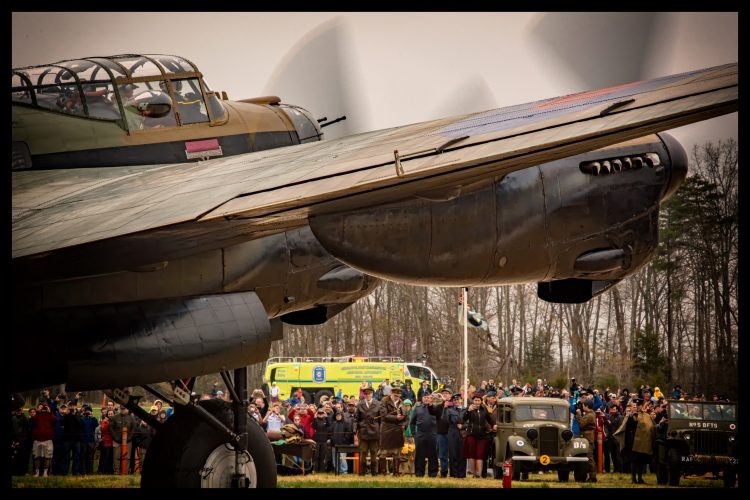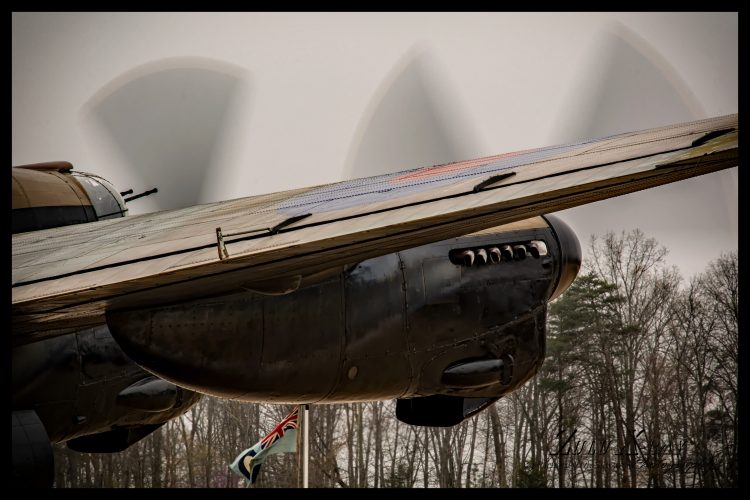Chantilly, VA – On April 15th 2018, The Smithsonian National Air and Space Museum (Steven F. Udvar-Hazy Center) was host to a unique one day event commemorating the 100th Anniversary of the Royal Air Force. With gates opening at 8:00 am (2 hours earlier than the regular 10:00 am schedule), hundreds of aviation enthusiasts quickly filled up every nook and cranny of the colossal museum.
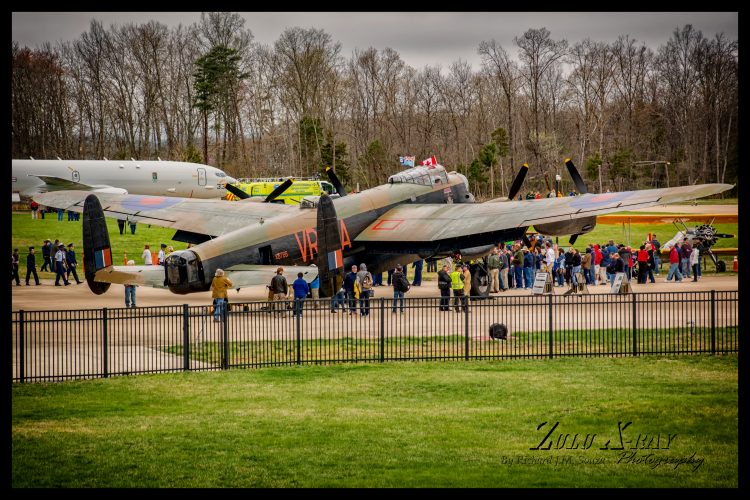
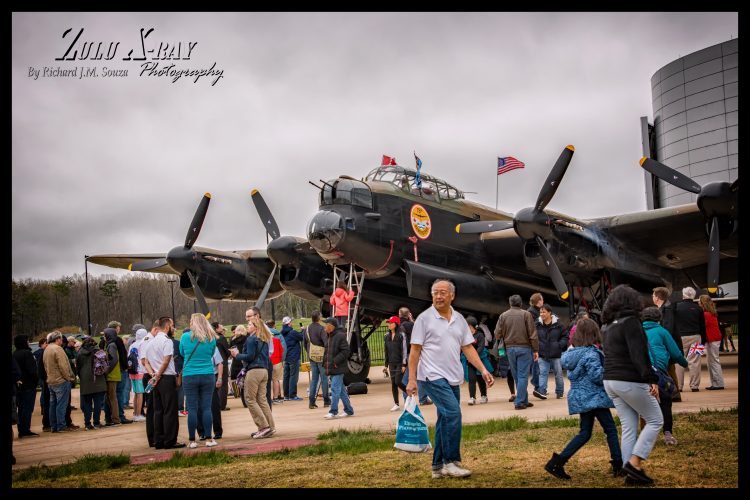
Billed as “The Great British Fly-In”, organizers did what they could to get assemble some of the most iconic airworthy vintage aircraft that once served with the Royal Air Force. While the “wish list” of aircraft could be long, the reality of gathering airworthy vintage aircraft can make the list short and sweet. The advantage of hosting the event at such a prestigious museum is, if it could not fly in, it certainly could be found inside the Udvar-Hazy Center. Flying in for the festivities were: The deHavilland Chipmunk, Fairchild M-62A3 Cornell, PT-17 Stearman, B-25D Mitchell Bomber and the Mighty Avro Lancaster Bomber. The Supermarine Spitfire, North American P-51D Mustang, North American AT-6 Texan and Percival Provost were scheduled to appear but the weather forecast caused them to cancel.
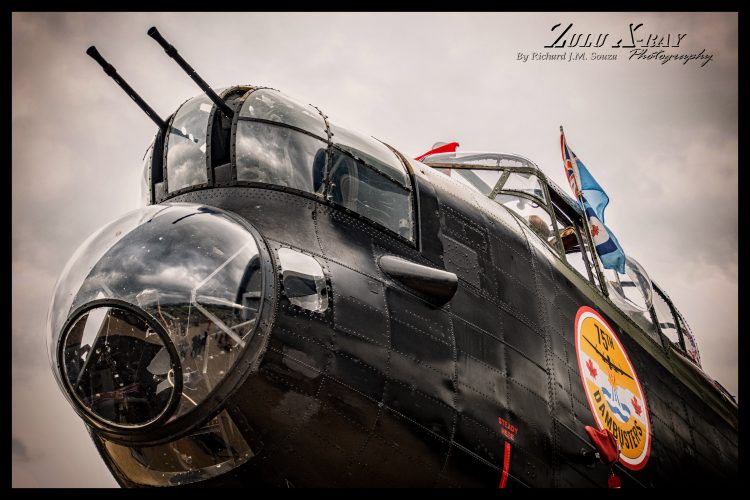
The Canadian Warplane Heritage Museum’s Avro Lancaster (one of only two airworthy examples) sported the commemorative nose art honoring the 75th Anniversary of the Damn Busters (Portside) and the Vitoria Cross honoring recipient Andrew Mynarski (Starboard Side). Tim Trimble made the journey, in his Oshkosh award winning Fairchild Cornell, honoring former R.A.F. Lancaster Pilot and Friend Richard E. Boyd. The former Flt Lt. Boyd, who is only 3 years younger than the RAF, was one of the many guest speakers present on this day.
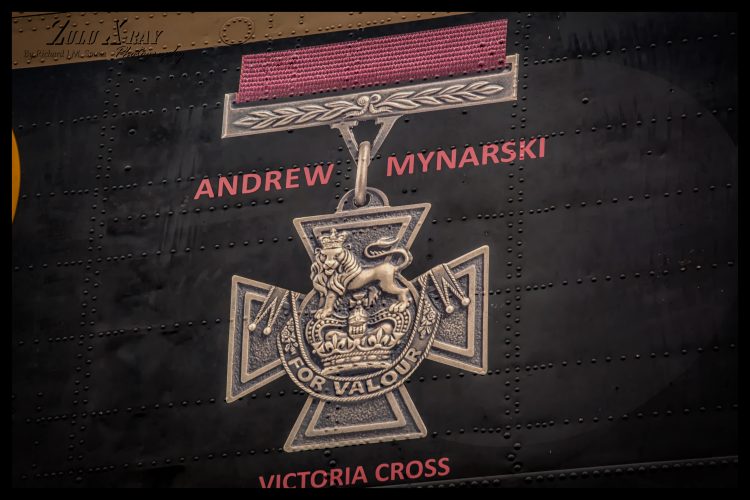

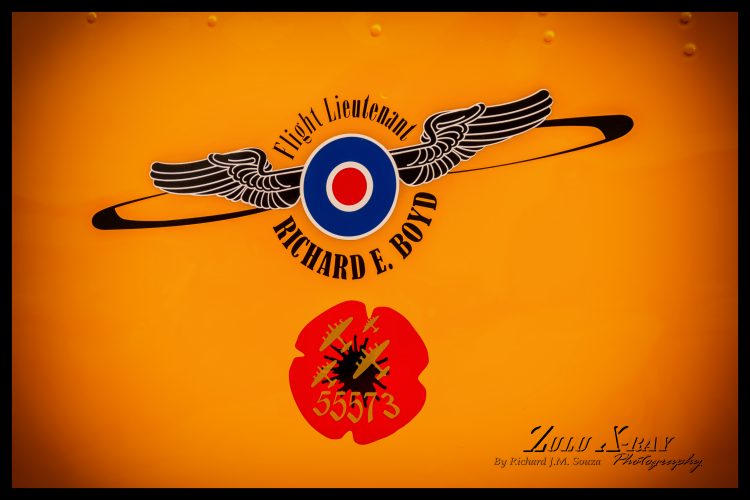
Despite the weather, the event went on as planned. The CWH’s Lancaster, Tim Trimble’s Yellow Fairchild and the PT-17(in Royal Navy livery) were already in position when, on Sunday, the B-25D Mitchell “Grumpy” and the De Havilland Chipmunk taxied in before a delighted crowd. To add to the authenticity, vintage vehicles and reenactors were set up by the parked aircraft.

The modern Royal Air force was represented by a US Navy Boeing P-8 Poseidon with R.A.F. Crew Members.
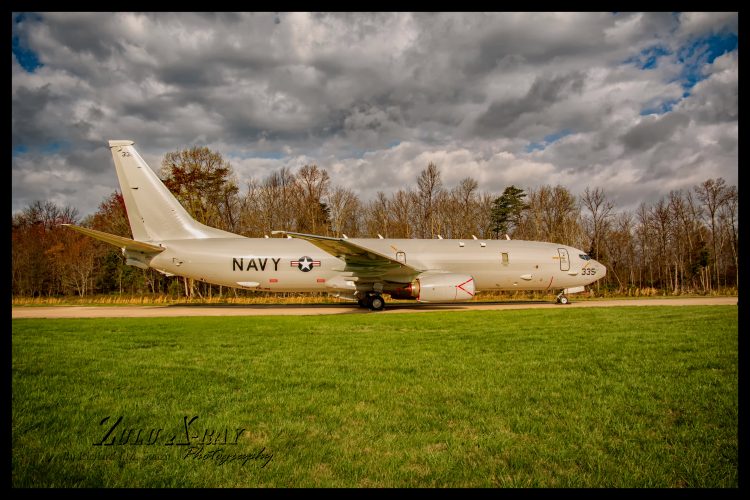
The aircraft on display was not all that the organizers had in store for the guests. Inside the Udvar Hazy Center, the Space Shuttle Discovery sat quietly in the background as the various speakers took to the podium and spoke about the history of the Royal Air Force, the aircraft and personal experiences from those who served.
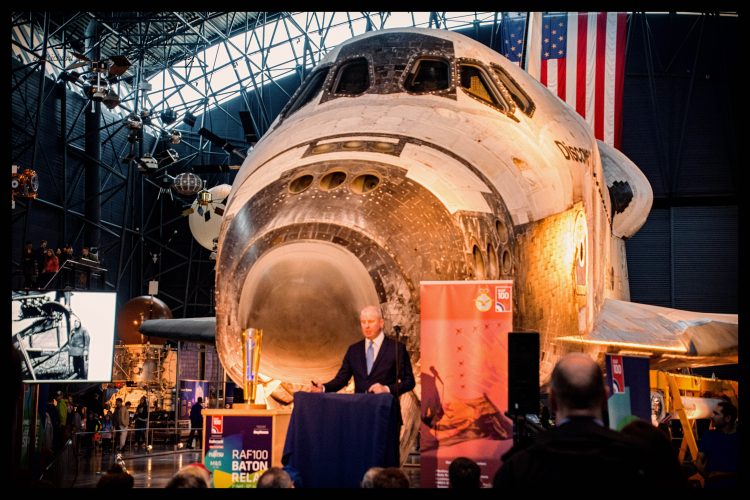
The highlight of the event was certainly the wonderful sight and sound of the RAF Regimental Band and the Queen’s Colour Squadron display. In the United States, we are not strangers to drill teams and marching bands… but to see the very unique British marching form and a symphonic sound that was actually not written by John Philip Sousa. It was truly fantastic.

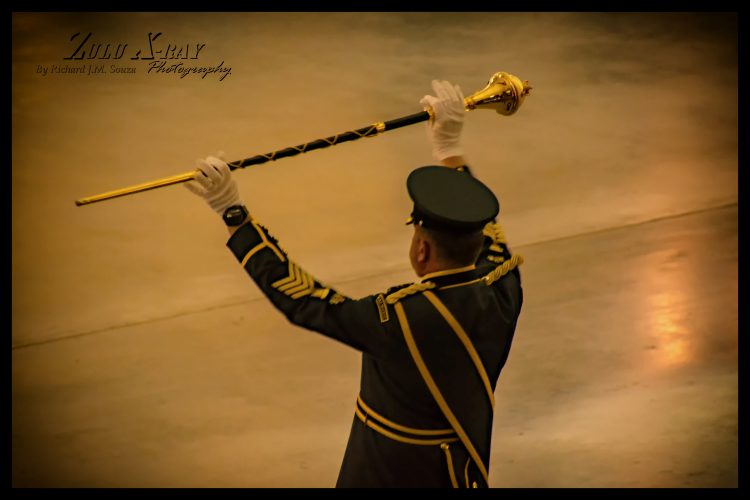
The main advantage of holding this event at such a museum is there is plenty to see. The Museum placed special informational RAF100 placards next to every aircraft that was used by the Royal Air Force. It is a testament to the close relationship forged between United Kingdom and the United States.

As the day progressed, it became evident that the special dedication flyby of the assembled aircraft was not going to happen. The weather began to worsen and as is to be expected, Safety for all involved prevailed. Some might, jokingly, accuse the Smithsonian of importing weather from the British Isles for added realism. The truth is that it worked! While the wind began to whip up and the drizzle began to come down, the aircraft started their engines and one by one they left the stage. In an epic end to the event and a fitting close to the Royal Air Force’s first 100 years, the mighty Lancaster cranked up all four and gracefully taxied into the cloudy mist. Once can only hope she will be around in another 100 years.
